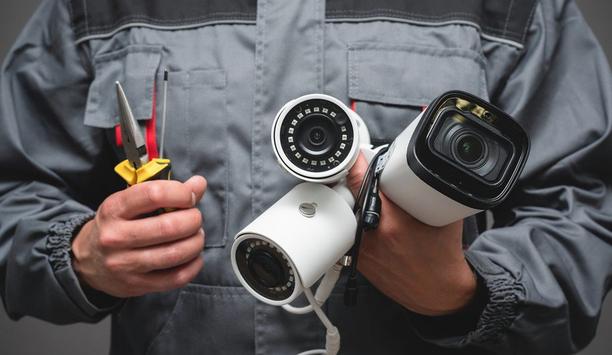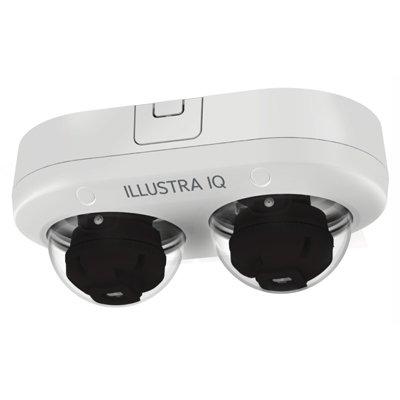 |
| Security beyond its traditional boundaries is a big theme at IFSEC 2015 |
The security landscape is changing. Touring exhibitors on the first day of IFSEC International in London, it seems an increasing number of vendors are offering products that go beyond what may be termed "security," offering solutions for applications such as health and safety and data collection. They are also offering more smart technology with mobile phones and tablets, and are selling smarter by tailoring their offerings to key vertical markets.
Health and safety applications
At CEM Systems, for example, the flagship access terminal Emerald goes beyond security and access control. The readers incorporate a touchscreen that can be used not only to access data at the door, but also to present users with customised messages to individual cardholders which, for example, can include health and safety or other procedural reminders. In addition, the company has a strong market position supplying enterprise-level systems and is used to having to customise their products in order to meet the demands of vertical market customers such as major airports.
Another company taking security beyond its traditional boundaries is Traka. The asset control firm supplies key management systems not just to secure and monitor key usage across an organisation, but also to reinforce compliance with procedures, such as those connected with employee safety or manufacturing quality. The Traka software provides features such as multi-level authorisation, so that an authorised user cannot remove a key or asset without authorisation from a supervisor; key pairing, where two keys have to be taken and used together by different users; and reverse key pairing, in which one key has to be returned before a second key can be taken.
Salto JustIN
Access control specialist Salto claims to have invented and patented data on the card end with Salto Virtual Network. Responding to the needs of different user markets, the system can offer real-time reporting using a hardwired door, or stand-alone wire-free controllers where instant data is not required but is recorded for later download when the card is presented to a hardwired door.
An increasing number of vendors are offering products that go beyond what may be termed "security," offering solutions for applications such as health and safety |
Using one of Salto’s mobile solutions, the JustIN mobile key app allows users to use their smartphones to securely receive their "keys" online and then access doors directly with their phones. Another version of the app allows for extending or changing access rights remotely. Hotels are driving the use of smartphones, and Salto is talking to hotel chains about this application. The company expects universities will be the next vertical to adopt this technology.
Optex safety solutions
Infrared technology company Optex says it’s all about increasing the “safety, security and convenience of society.” Beyond the company’s wide range of access control and perimeter detection solutions, it is seeing a strong increase in the application of products originally used for security but now being used for safety applications. For example, sensors are being used to make railway crossings safer by automatically detecting if someone is trapped on the crossing. Around 60 crossings in the U.K. have been equipped so far, with another 400 due to be rolled out over the next five years.
High security applications are also a target for Optex, so the company is previewing its new anti-tailgating access control solution. Accurance 3D is a "time of flight" tailgating and piggybacking detection technology that provides an extra layer of access control security. Optex is also expanding into technologies such as laser and microwave.
Finally, DVTel is shifting from being a horizontal supplier to being “fully focused” on key verticals, the top two of which are smart cities and critical infrastructure. The company’s body-worn cameras not only stream video, but also send GPS data as well as the speed and position of the wearer, thus enhancing the safety of law enforcement personnel.











































